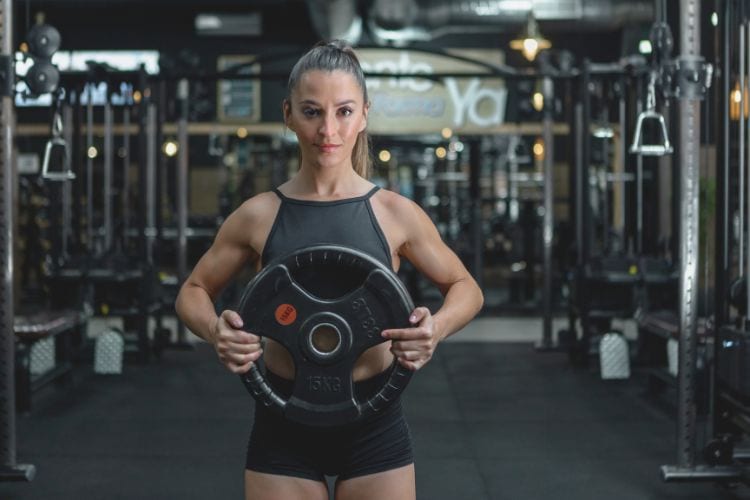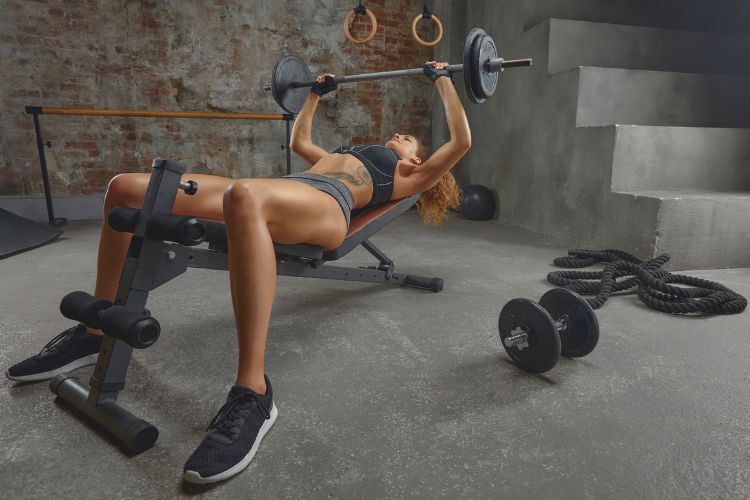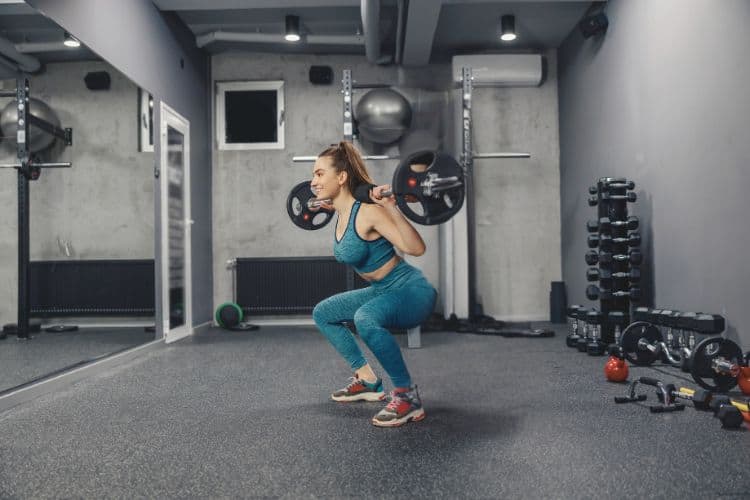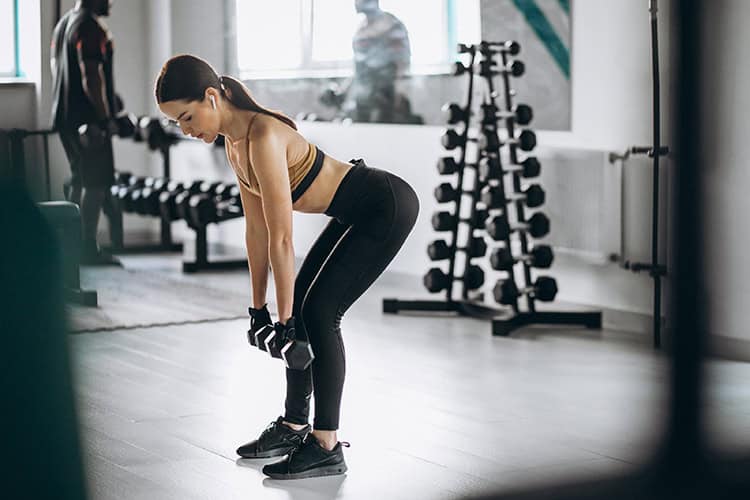Sign up for workout ideas, training advice, reviews of the latest gear and more.






Strength training is an essential component of a balanced fitness routine, and it is particularly important for women who often face challenges in building and maintaining muscle mass. Among the myriad of exercises that target the upper body, the bent-over row stands out as one of the most effective. This compound movement not only strengthens the back but also engages the biceps, shoulders, and core. In this comprehensive guide, we’ll explore the benefits of the bent-over row, how to perform it correctly, variations to suit different fitness levels, and tips to incorporate it into your workout routine.
Many women spend a significant amount of time sitting at desks, driving, or using electronic devices, which can lead to poor posture over time. The bent-over row is an excellent exercise for combating this issue, as it targets the muscles in the upper and lower back that are crucial for maintaining an upright posture. Regularly performing this exercise helps to strengthen the rhomboids, trapezius, and latissimus dorsi, which in turn helps to pull the shoulders back and prevent the rounding of the spine.
While lower body workouts like squats and lunges are often prioritized, it’s important not to neglect the upper body. The bent-over row is a compound exercise, meaning it works multiple muscle groups simultaneously. This makes it incredibly efficient for building overall upper body strength, particularly in the back, shoulders, and arms. Stronger upper body muscles are essential for daily activities, from lifting groceries to playing with children, and they contribute to a well-balanced physique.
Resistance training, including exercises like the bent-over row, is crucial for women who are looking to tone their bodies and lose fat. By engaging large muscle groups, this exercise helps to burn more calories both during and after the workout. Additionally, building muscle mass increases the body’s resting metabolic rate, meaning you’ll burn more calories even when you’re not exercising. As a result, incorporating bent-over rows into your routine can aid in fat loss and help you achieve a more toned and defined appearance.
Functional fitness refers to exercises that mimic the movements of daily life, helping to make everyday tasks easier. The bent-over row is a prime example of a functional exercise because it mirrors the action of picking up or pulling objects. By strengthening the muscles used in these movements, you’ll find it easier to perform tasks such as lifting heavy bags, rearranging furniture, or playing sports.
The dumbbell bent-over row is a versatile and accessible variation of the exercise. Using dumbbells allows for a greater range of motion and the ability to work each side of the body independently. This can help to address muscle imbalances and improve overall strength.
How to Perform:
The barbell bent-over row is ideal for those looking to lift heavier weights and build more muscle mass. The barbell allows you to overload the back muscles, leading to greater strength gains.
How to Perform:
The single-arm bent-over row is a unilateral exercise that targets each side of the back independently. This variation is particularly useful for identifying and correcting muscle imbalances.
How to Perform:
The T-bar row is a machine-based variation that allows you to lift heavier weights while maintaining proper form. This variation is ideal for those looking to build maximum back strength.
How to Perform:
To maximize the benefits of bent-over rows, it’s important to include them in your workout routine with the appropriate frequency and volume. For most women, performing bent-over rows 2-3 times per week is sufficient for building strength and muscle mass. Aim for 3-4 sets of 8-12 repetitions if your goal is hypertrophy (muscle growth) or 2-3 sets of 15-20 repetitions for muscular endurance.
Bent-over rows can be paired with other upper body exercises to create a well-rounded workout routine. For example, you can combine them with push exercises like push-ups or chest presses to target both the front and back of the body. Additionally, pairing rows with core exercises like planks or Russian twists can help to improve overall stability and strength.
Sample Workout:
To continue making progress with your bent-over rows, it’s important to apply the principle of progressive overload. This means gradually increasing the weight, reps, or sets over time to challenge your muscles and stimulate growth. Start with a weight that allows you to complete the desired number of repetitions with good form, and then gradually increase the resistance as you get stronger.
If you’re new to bent-over rows, it’s important to start with light weights to master the form before progressing to heavier loads. Focus on controlled movements and proper technique to ensure you’re targeting the correct muscles and avoiding injury.
Performing the exercise in front of a mirror can help you monitor your form and make adjustments as needed. Pay attention to your back position, elbow placement, and overall posture throughout the movement.
If you’re unsure about your form or need guidance on incorporating bent-over rows into your routine, consider hiring a personal trainer. A trainer can provide personalized feedback and help you design a workout plan that meets your goals.
Tempo training involves manipulating the speed of the movement to increase the time under tension, which can lead to greater muscle growth. For example, you might lower the weight slowly over 3-4 seconds, pause at the bottom for 1-2 seconds, and then lift the weight back up in 1 second. This technique can be particularly effective for advanced lifters looking to break through plateaus.
Incorporating supersets (performing two exercises back-to-back with no rest) and drop sets (reducing the weight and continuing the exercise
after reaching failure) can add intensity to your workouts and stimulate muscle growth. For example, you might perform a set of bent-over rows followed immediately by a set of dumbbell flyes, or complete a set of rows to failure and then immediately drop the weight and perform additional reps.
The bent-over row workout is a powerful and versatile exercise that offers numerous benefits for women looking to enhance their upper body strength, improve posture, and achieve a toned physique. By incorporating proper form, variations, and progressive overload into your workout routine, you can maximize the effectiveness of this exercise and enjoy its many advantages. Whether you’re a beginner or an experienced lifter, the bent-over row is a valuable addition to any fitness regimen, helping you to build strength and confidence while achieving your fitness goals.
Stay up to date on the latest women’s health, fitness and lifestyle trends and tips.